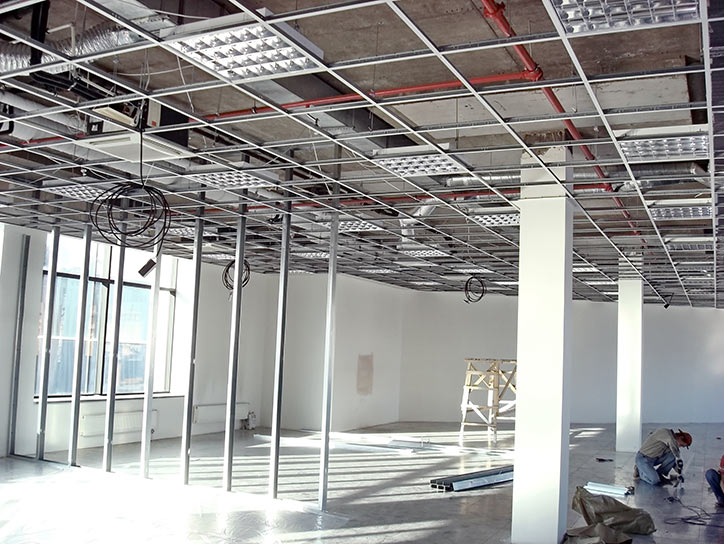How to Repair Cracks in Walls Before Painting
Are you planning for a renovation and painting your house with new, more lifelike colours? It’s a great idea since new colours can actually affect the way you feel about the world. But you need to take care of the cracks before you even start painting because if you don’t, your paint might not fit well, or the cracks may kill the mood.
Here is what you need to do before you paint your walls.
Look for the cracks and their causes:
Check for the cracks in and around the house. Search every corner for the cracks. Carefully check the walls around doors and windows, and measure the size and direction of the cracks. As soon as you spot them, start looking for the possible causes.
If there are water infiltration and leakage issues, fix them as soon as possible. However, if the cracks are due to the plaster’s material, you may have to consider replacing the cracked walls. Moreover, if the issue is minor, you need to repair the cracks.
You can repair your cracks in the following manner:
Fixing Shrinkage cracks:
Cracks that are not severe are usually the result of shrinkage of the mortar or plaster striping. Although these cracks are not severe, they need repairing before any paint job.
The shrinkage cracks occur when the mortar of the lime dries and reduces in volume. It leads to a phenomenon when multiple cracks are created. These cracks can be repaired by applying plaster compounds.
Sometimes superficial shrinkage cracks can be more critical. It can be a sign of the detachment of large areas of plaster. Check for the movements around the cracks. If the cracks are moving on the application of slight pressure, it could be the sign of plaster peeling, which the rebuilding of the plaster walls can only repair.
Repairing Structural cracks:
If you suspect that the cracks are broader and larger for any reason, this could result from a severe structural problem. Such damages are continually moving and can reappear when you paint over them without repairing walls.
Loose Fasteners:
If the crack’s cause is from detaching due to loose fasteners, you can fix it by screwing the loose fasteners or adding more fasteners around the problem area before painting over them.
Breakage at the brick level:
If the cracks are due to breakage at brick-level, they are prone to frequent movement. The problem can be solved by extensive masonry work.
Creating Mesh Bridge to repair walls:
If the cracks are vast, you can repair walls by applying a mesh bridge like the ones mentioned above. You need to use an elastic material that can be painted. In a plaster wall, filling cracks can’t always solve the problem. It is better to create a bridge between the edges, which is done by applying fibreglass and polyester mesh.
Here is how you will do it:
Step #1 Apply narrow mesh
In larger cracks, it is best to apply mesh several times to get the best result. Start by applying a narrow mesh on the cracks using fibrous plaster. Then let the fibre dry down properly.
Step #2 Apply wider mesh
Then apply the wider mesh of around 30 cm. It will allow the cracks to have more flexibility and strength. It’s essential to use fibrous plaster to get the best results.
Finally, let the plaster dry and use the sandpaper to make the surface smooth so it can be painted.
Plaster Repairs: A DIY guide for the home and office
If you have plaster walls, it’s essential to keep them maintained. Keeping your walls in good condition is much easier when done regularly than waiting until there are problems with cracks or holes that need to be filled in.
Suspended Ceilings: What Are They?
Suspended Ceilings: What Are They? A suspended ceiling is a type of suspended structure that divides space into different levels. This suspended ceiling usually consists of several lengths of metal or wooden beams and horizontal surfaces suspended from the top, with columns in between to support each beam at regular intervals. Suspended ceilings are also […]
Reasons Behind The Cracks In Your Plaster
Reasons Behind The Cracks In Your Plaster Whenever structural elements get subjected to load, internal or external, and when the stresses exceed the permissible limits of pressure for that particular material upon which it’s constructed. This will lead to cracks in the structure and potentially catastrophic failures if not dealt with immediately. All houses should be designed […]




